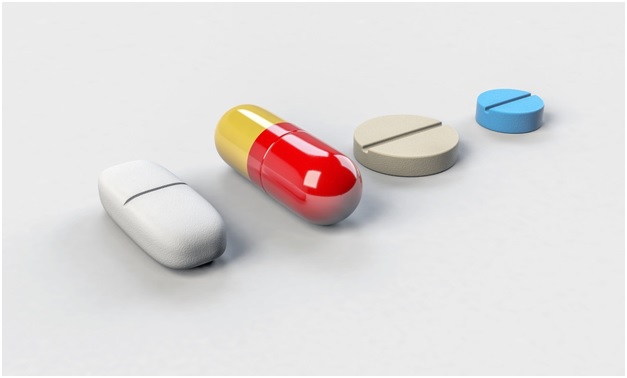
For anyone who has ever struggled with opioid or opiate addiction, the name “Suboxone” will probably raise flags of different colors. This medicine tends to be the go-to prescription for helping with withdrawal symptoms – sometimes only short-term, as a part of a detox program, and sometimes for a longer period of time, for people who stand at high risk of relapse. You can read more about it at this link.
However, as helpful as it is, Suboxone comes with its own set of problems, because it is an opioid itself. In other words, there is a significant risk of just replacing one addiction with another. For this reason, many people who have been prescribed it will eventually choose to get off of Suboxone as well. This is typically done at a slow, more comfortable pace, which is known as “tapering off.” Read on for a few little tips that can help you do this with as little discomfort as possible.
Allow yourself to pace yourself.
If you are wondering how to get off Suboxone with no withdrawal, you have to know that it will likely take you more time than you expect. Suboxone is overall difficult to stop, due to the nature of its active components and its rather long half-life. Even if you took your last dose more than two days ago, traces of the medicine will still be in your system, so suddenly quitting it completely can bring on a whole host of horrible experiences.
Therefore, give yourself all the time you need to take this slowly. Do not start your Suboxone detoxification process until you are sure that the original opiate addiction is under firm control. Before you begin your journey of tapering off, make sure you are set up in a safe, stress-free environment, and make sure you can count on it staying that way for a fair while. Know what your triggers are and get a good grip on them.
Cut down on the medication slowly, for example by reducing your dosages once every week or so, and make the changes at a rate that is comfortable for you. It does not make you weak or anything of the sort. Forget about what works for others, there is no need to push yourself. Slow and steady beats sudden and shaky any day. Proper recovery from anything always takes time, and there is no reason to chase after someone else’s agenda.
Do not look back, you are not going that way.
And no, this is not just a fluffy motivational quote. Quitting Suboxone features a pretty consistent timeline of withdrawal symptoms, so turn that into your weapon against them. If you know what you can expect in the upcoming period, you can prepare yourself better, and combat the inevitable risk of relapse more effectively.
Make sure to visit your doctor, councilor, and/or addiction specialist regularly throughout the entire process. Physical symptoms will be the most intense in the first 72 hours. You may experience various degrees of confusion, dizziness, headache, stomach pains, and trouble sleeping.
General aches, mood swings, and insomnia tend to occur during the first week. During the second week, you may notice starting signs of depression. Finally, the end of the first month (fourth week) will bring on intense Suboxone cravings. Risk of relapse will be high, so make sure you have personal and professional support set up. Keep up therapy and consider some lifestyle changes.

It is A-Okay to pause your progress.
It may seem counterintuitive at first, but it is actually completely fine to stop your progress at one point and just chill there for a while. Withdrawal symptoms are no joke, and you may find them simply overwhelming.
Things like your pain tolerance levels and how long you had been using Suboxone will directly influence the degree of discomfort you experience while tapering off. When it becomes too much, go back to the previous dose and maintain this prior level for a few days.
Always keep in mind that your body and processes are unique. Give your system the time it needs to adjust to the recommended dosing, then give it another go.




